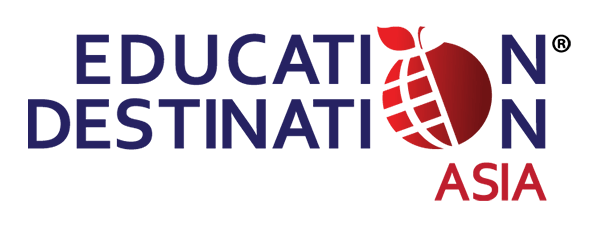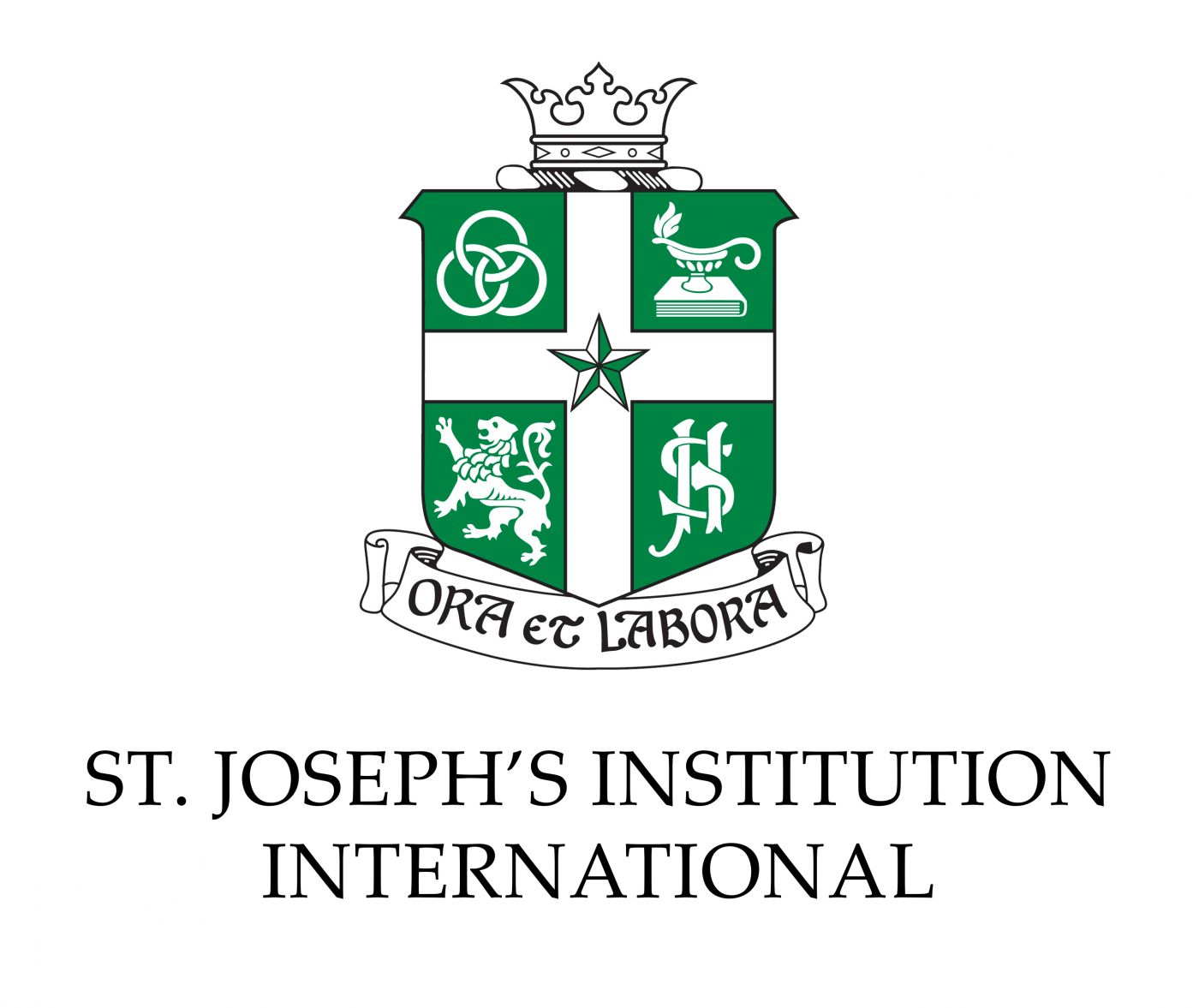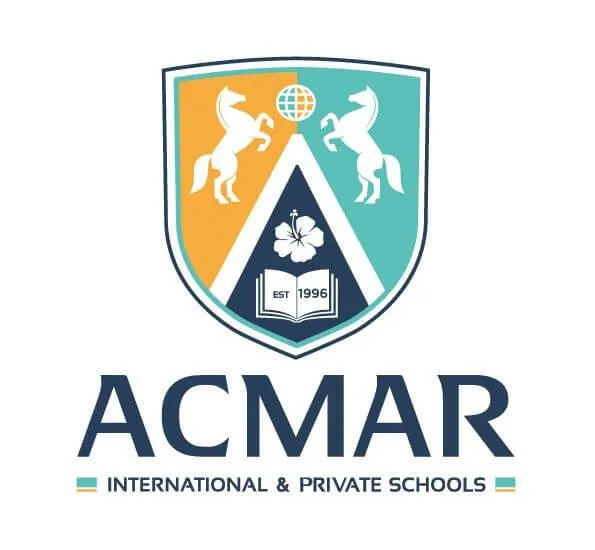
Selecting a school for your child is a critical decision that will affect his or her future. For both local and expatriate parents in Malaysia, there are various options to choose from. In this article,Education Consultant Santhi Latha helps parents navigate the educational landscape by providing a broad overview of the different types of schools available in Malaysia.
Making a decision about which school to send your child to – whether in the early years, or at the primary or secondary school level – can be challenging. Many factors influence this decision and it is important to determine what kind of educational environment and experience you want for your child and what your long-term educational goals for your child are.
The various Malaysian education platforms – like the country’s cultural and ethnic landscape – are diverse and provide parents with numerous options. The existing systems include government (also referred to as “public”) schools and private schools offering the Malaysian national school curriculum; the vernacular schools that cater primarily for the Indian and Chinese communities wherein Tamil and Mandarin, respectively, are the mediums of instruction; and the international school system.
THE GOVERNMENT SCHOOL SYSTEM

There are more than 10,000 government schools strategically dispersed throughout Malaysia. These schools are government-funded and parents are only required to pay minimal fees, ensuring that each and every Malaysian child will have access to education at the primary and secondary school levels.
The core curriculum in these educational environments emphasizes the national language of Bahasa Malaysia and the teaching of all subjects, except other languages, is done primarily in Bahasa Malaysia.
The Malaysian Ministry of Education introduced the Malaysian Education Blueprint in 2012, specifically to reduce the emphasis on examinations and rote-learning and to focus more on continuous assessments and independent learning. This effort by the Malaysian government is aimed at promoting active learning and nurturing well-rounded individuals. While commendable, in essence it means that for the children to whom this new structure applies, ultimately there will be no centralized assessments or examinations until they reach Form 5. Whether this will have a positive impact on the totality of the child’s education or not remains to be seen. Ministry of Education officials are working toward the achievement of all the outcomes specified in the Blueprint, which should be rolled out in totality by 2017.
Individuals wishing to access the Education Blueprint will find it here.
THE PRIVATE SCHOOL SYSTEM

The private school system, which has been operational in Malaysia for almost 40 years, began as an effort by Malaysian education providers to expand and enhance the learning opportunities available for Malaysian families who could afford to send their children to these institutions. To send their children to private schools, parents are required to pay full fees including application and registration fees, tuition fees and fees for co-curricular activities.
Although private schools follow the Malaysian national school curriculum, what differentiates these schools from government schools are their more extensive physical infrastructure and facilities, which enable greater access to technology, offered additional language classes as well as a whole range of other academic and non-academic activities that widen and enhance their educational experience.
Other benefits of many private schools include more individualized attention for students, smaller classes, as well as typically higher levels of interaction between the school and parents of the students.
For more and more Malaysian parents who can afford it, the private school system has become a viable alternative to the government school system, which is often perceived to be over-crowded and less personalized.
THE VERNACULAR SCHOOL SYSTEM

Vernacular schools were created to cater for specific ethnic and cultural communities in Malaysia, namely the Chinese and Indians, who wished to have their respective languages and cultural values promoted in their schools. Over the last three decades, however, the vernacular school system (the Chinese schools in particular) has been significantly enhanced and developed through community effort and it is common now to see children from other ethnic communities learning in such environments.
These vernacular schools emphasize Mandarin or Tamil as the primary medium of communication, although Bahasa Malaysia and English are compulsory subjects.
The Chinese vernacular schools have earned the reputation of providing good quality education, although a common concern is the sometimes excessive amount of homework that is assigned to students and the pressure that the child is placed under due to the school culture, which places a premium on performance and academic excellence.
THE INTERNATIONAL SCHOOL SYSTEM

Up until 2012, international schools in Malaysia were populated primarily by students from expatriate communities and there was a quota limiting the number of local students who could attend these institutions.
The Ministry of Education has since lifted these restrictions, and access to international
schools is now open to both Malaysian and international students. As a consequence of the heightened interest in international education from Malaysians and the influx of new students, there has been a mushrooming of international schools throughout the country, and many more are expected to be established in the coming years.
International schools – which all use English as the medium of instruction – offer a range of curriculum options from the American Curriculum to UK Curriculum from New South Wales to the Central Board of Secondary Education, New Delhi, the International Baccalaureate, Islamic curriculum and the Ontario Curriculum.
Parents planning to send their children for an international school education have many options to choose from in Malaysia and parents are encouraged to explore the different options extensively before making a decision.


































